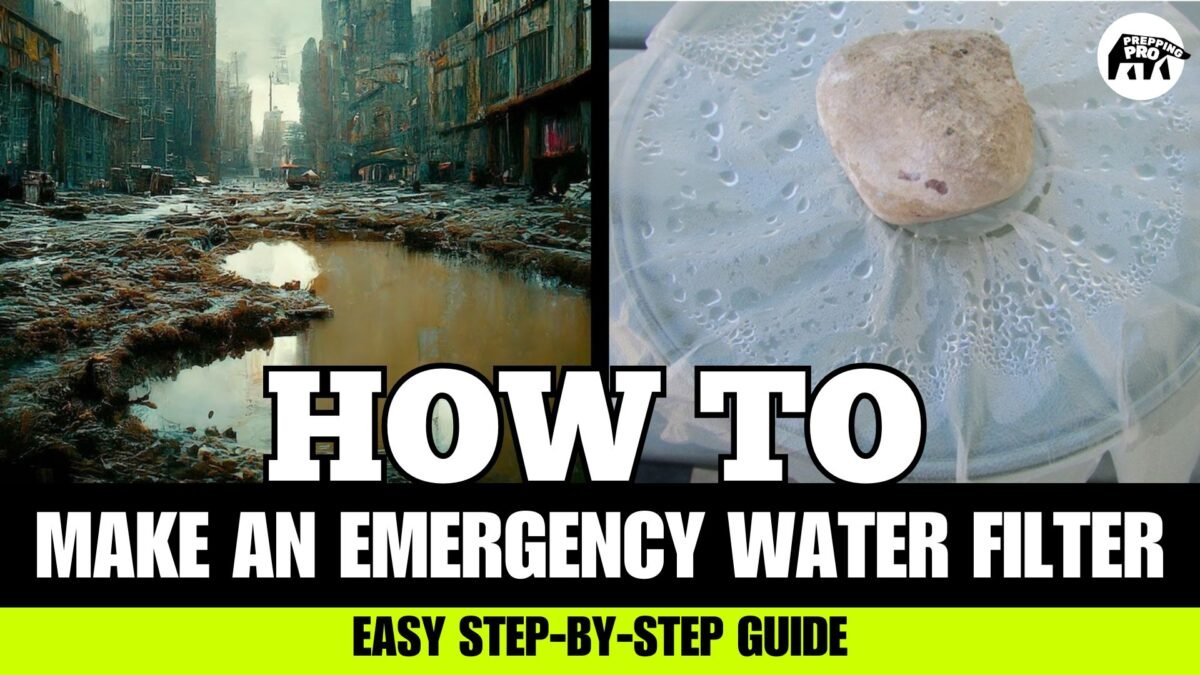To learn how to make an emergency water filter, gather a plastic bottle, clean cloth, charcoal, sand, and gravel. Cut the bottle, layer the materials, then filter water through it into a clean container. Remember to sterilize the filtered water before drinking to remove any remaining contaminants.
In this article, I’ll guide you through the steps of creating your own homemade emergency water filter, to make sure you have access to safe drinking water even in the most challenging circumstance.
Key Takeaways
- Knowing how to make an emergency water filter can save lives in situations where clean water is scarce.
- A DIY emergency water filter can be made using a plastic bottle, clean cotton or cloth, charcoal, sand, and gravel.
- Ensure you sterilize the filtered water before consumption to eliminate any remaining contaminants.
- There are other emergency water filtration methods available, such as using a solar still.
- Maintain and clean your emergency water filter regularly for optimal performance as a part of your home emergency kit.
Table of Contents
Materials Needed for the Emergency Water Filter

When it comes to making an emergency water filter, having the right materials is crucial. Here are the supplies you will need to create a DIY emergency water filter:
- A plastic bottle or a similar food-safe container
- Another container for clean water
- Clean cotton or cheese cloth
- A coffee filter or other porous cloth
- Charcoal
- Fine and coarse sand
- Gravel or pebbles
These materials are easily accessible and can be found in most households or obtained from local stores. It is important to gather all the necessary supplies before starting the process of creating the emergency water filter.
Table: Materials for Emergency Water Filter
| Materials | Quantity |
|---|---|
| Plastic bottle or food-safe container | 1 |
| Container for clean water | 1 |
| Clean cotton or cheese cloth | 1 |
| Coffee filter or porous cloth | 1 |
| Charcoal | Enough to fill the bottle |
| Fine sand | Enough to layer the bottle |
| Coarse sand | Enough to layer the bottle |
| Gravel or pebbles | Enough to layer the bottle |
With these materials at hand, you will be well-prepared to create an effective emergency water filter that can help you obtain clean drinking water in times of need.
Step-by-Step Guide to Making an Emergency Water Filter
Creating an emergency water filter is a practical and straightforward process that can provide you with a reliable source of clean drinking water.
By following these step-by-step instructions, you can set up your own DIY filter to remove impurities and ensure the safety of your water supply.
Gather the Materials
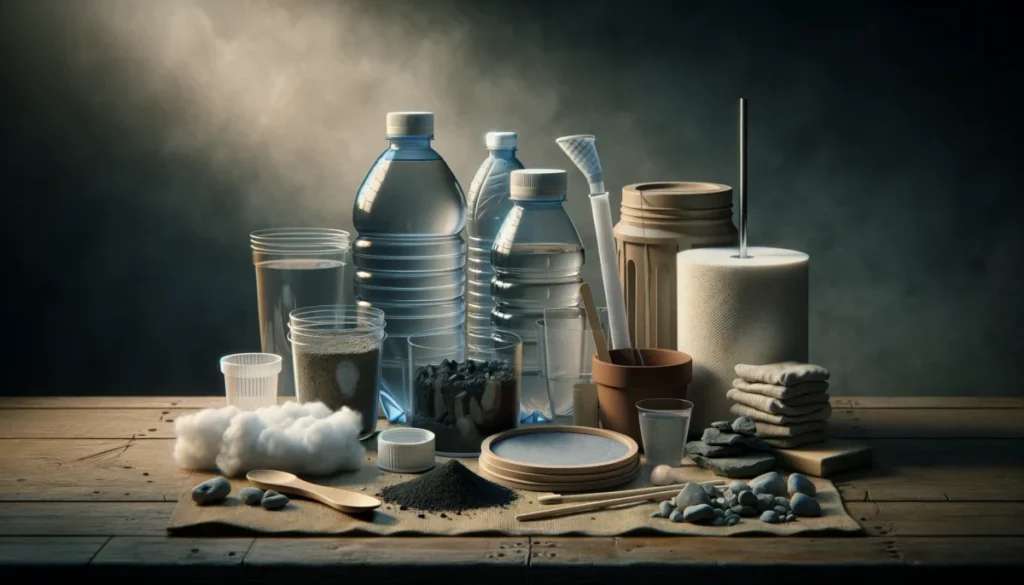
Before you begin, gather all the necessary materials for your emergency water filter setup.
You will need a plastic bottle or similar food-safe container, clean cotton or cheese cloth, a coffee filter or porous cloth, charcoal, fine and coarse sand, and gravel or pebbles.
Having these materials ready will make the construction process quicker and more efficient.
Assemble the Filter Layers
Once you have your materials ready, it’s time to assemble the filter layers. Start by cutting off the bottom of the plastic bottle and poking a small hole in the cap or cutting off the top if there is no cap.
Next, stuff the bottom of the bottle with a fine cloth or paper fabric, such as a coffee filter or cheese cloth.
Layer the bottle with fine sand or grass clippings, followed by a layer of very fine sand. Break up charcoal and pour a layer into the bottle, then continue with more layers of fine sand, coarse sand, and gravel.
Finally, cover the top of the filter with a porous cloth to hold the layers in place.
Filter the Water
Now that your filter is assembled, it’s time to filter the water. Slowly pour water through the filter into a clean container, allowing it to pass through the layers and collect at the bottom.
The filter will remove impurities and sediment, leaving you with cleaner water. Remember, while this filter can remove many contaminants, it’s still important to sterilize the filtered water before consumption through boiling or exposure to sunlight.
By following this step-by-step guide, you can easily create an emergency water filter using basic materials.
Having this knowledge can be invaluable in situations where clean water is not readily available, and it allows you to take control of your water supply in emergency scenarios.
Importance of Sterilizing Filtered Water
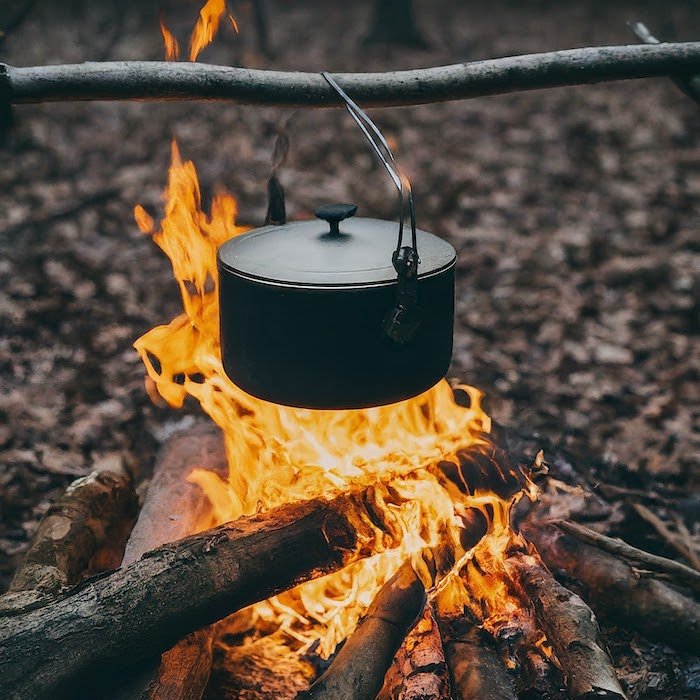
After successfully filtering water through multiple layers using your DIY emergency water filter, it is crucial to remember that the water may still contain potentially harmful microorganisms.
To ensure the water is safe for consumption, it is important to sterilize it through additional purification techniques.
Boiling the filtered water is one of the simplest and most effective methods of sterilization. By bringing the water to a rolling boil for at least one minute (or longer at higher altitudes), you can kill most bacteria, viruses, and parasites that may still be present.
An alternative method of sterilization is using sunlight. This technique, known as solar disinfection, involves filling a clean, clear bottle with the filtered water and placing it in direct sunlight for an extended period. The sun’s ultraviolet (UV) rays help destroy microorganisms, providing an additional layer of sterilization.
Sterilizing Filtered Water: Boiling vs. Sunlight
| Boiling | Sunlight | |
|---|---|---|
| Effectiveness | Highly effective in killing a broad range of microorganisms | Effectively kills most microorganisms, but may take longer depending on sunlight intensity |
| Convenience | Requires a heat source such as a stove or fire | Relies on sunny weather conditions |
| Speed | Rapid sterilization within a few minutes of boiling | Can take several hours to achieve full sterilization |
| Equipment Needed | Heat source and container for boiling | Clean, clear bottle |
| Additional Considerations | Boiling may not remove certain chemical contaminants | Requires a sufficient amount of sunlight and clear skies |
Both boiling and sunlight sterilization have their advantages and limitations. It is important to choose the method that is most suitable for your specific circumstances and resources.
Regardless of the method chosen, always prioritize the safety of the filtered water before consuming it.
Other Methods of Emergency Water Filtration
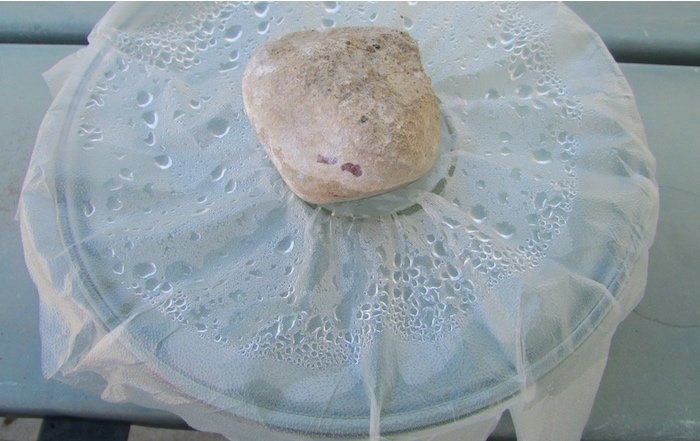
In addition to the DIY emergency water filter, there are other methods of emergency water filtration that can be used to ensure a clean and safe water supply in times of need. One such method is the use of a solar still.
A solar still harnesses the power of the sun to produce clean water. It works by allowing water to evaporate and then condense, leaving behind impurities. This can be particularly useful in situations where other filtration methods are not available.
Using a solar still is relatively simple.
Start by digging a hole in the ground and placing a collection container in the center. Then, cover the hole with a plastic sheet, ensuring it is tightly secured. Place a small rock in the center of the sheet to create a depression.
As the sun shines on the sheet, it will cause the water in the hole to evaporate. The moisture will collect on the underside of the sheet and eventually drip into the collection container, leaving behind impurities.
While the production of clean water through a solar still can be slow, it is a reliable method in emergency situations. However, it is important to note that the effectiveness of a solar still can be impacted by factors such as temperature, humidity, and the amount of available sunlight.
Therefore, it is recommended to have alternative filtration methods available as well.
Considerations for Emergency Water Filtration
When it comes to emergency water filtration, there are a few important considerations to keep in mind. First and foremost, always prioritize using the cleanest water available.
While an emergency water filter can help remove impurities and contaminants, it is essential to avoid filtering water from contaminated sources such as sewage runoff or irradiated water.
Regular maintenance and cleaning of your emergency water filter are also crucial for its effectiveness. Over time, the filter can become clogged with debris, reducing its filtering ability.
Therefore, it is recommended to clean the filter regularly and replace any worn-out or damaged components.
To ensure you are prepared for any emergency, it is advisable to have an ample supply of the necessary materials for creating an emergency water filter.
This includes plastic bottles or food-safe containers, clean cotton or cloth, charcoal, sand, and gravel. Having these supplies readily available will enable you to quickly assemble a filter when needed.
Table: Essential Supplies for Emergency Water Filtration
| Materials | Quantity |
|---|---|
| Plastic Bottles or Food-Safe Containers | 2 or more |
| Clean Cotton or Cloth | 1 yard |
| Charcoal | 1 cup |
| Sand (Fine and Coarse) | 2 cups each |
| Gravel or Pebbles | 2 cups |
The Importance of Clean Drinking Water
When it comes to survival and maintaining our health, clean drinking water is absolutely essential. In emergency situations, access to clean water can be limited, making the ability to create an emergency water filter crucial.
By knowing how to make an emergency water filter, we can ensure a source of safe drinking water in times of need.
Emergencies can arise unexpectedly, whether it’s a natural disaster or a disruption in the water supply. Having the knowledge and skills to create an emergency water filter can provide us with a sense of security.
By utilizing basic materials like a plastic bottle, charcoal, sand, and gravel, we can construct a makeshift filter that effectively removes impurities and contaminants from water.
It’s important to note that even though we have filtered the water through multiple layers, it is still necessary to sterilize it before consumption.
Boiling the water is the easiest and most effective method of sterilization. Alternatively, we can also use sunlight to sterilize the water by pouring it into a clean, clear bottle and placing it in direct sunlight for the recommended amount of time based on weather conditions.
The Impact of Contaminated Water
Water contaminants pose a significant risk to our health. Bacteria, viruses, chemicals, and toxins can be present in various water sources, and consuming contaminated water can lead to illnesses and diseases.
By utilizing emergency water filtration methods and purification techniques, we can minimize the risk of consuming water that may contain harmful contaminants.
| Contaminant | Potential Health Risks |
|---|---|
| Bacteria | Gastrointestinal infections, diarrhea |
| Viruses | Flu-like symptoms, stomach viruses |
| Chemicals | Toxicity, organ damage |
| Toxins | Poisoning, liver and kidney damage |
The Impact of Water Contaminants
Water contaminants have a significant impact on human health and can be found in various water sources. These contaminants include bacteria, viruses, chemicals, and toxins, all of which can pose serious risks and lead to illnesses and diseases.
In emergency situations where access to clean water is limited, it becomes crucial to employ effective emergency water filtration methods and purification techniques.
Emergency water purification techniques, on the other hand, focus on treating water to eliminate or disable pathogens and other harmful microorganisms.
Common purification techniques include boiling, chemical disinfection, and ultraviolet (UV) treatment. These methods effectively destroy or inactivate microorganisms, making the water safe to drink.
| Water Contaminants | Potential Health Risks |
|---|---|
| Bacteria | Gastrointestinal illnesses, such as diarrhea and vomiting |
| Viruses | Respiratory and gastrointestinal infections |
| Chemicals | Organ damage, cancer, neurological disorders |
| Toxins | Organ damage, reproductive issues, neurological disorders |
Common Emergency Water Filtration Methods
- Boiling: Bringing water to a rolling boil for at least one minute kills most types of bacteria, viruses, and parasites.
- Chemical Disinfection: Using chlorine or iodine tablets, drops, or granules to treat water can effectively eliminate harmful microorganisms.
- Filtration: Various types of filters, such as activated carbon filters, ceramic filters, and membrane filters, can remove impurities from water.
- Distillation: Boiling water and collecting the steam, then condensing it back into liquid form, effectively removes contaminants.
- UV Treatment: Exposing water to ultraviolet light damages the DNA of microorganisms, rendering them unable to reproduce and cause infections.
It’s important to note that while emergency water filtration methods and purification techniques can significantly reduce the risk of waterborne illnesses, they may not eliminate all contaminants. In situations where the water source is heavily contaminated or the quality is unknown, it is advisable to seek professional assistance or use commercially available water filtration systems.
The Role of Charcoal in Water Filtration
In emergency water filtration, the role of charcoal is essential.
Charcoal, especially activated charcoal, is known for its excellent adsorption properties, making it highly effective in trapping impurities, toxins, and odors from water. Its porous structure allows it to create a large surface area, increasing its capacity to attract and retain contaminants.
This makes charcoal a valuable component in creating an emergency water filter.
How Does Charcoal Filtration Work?
The process of charcoal filtration involves the adsorption of contaminants onto the surface of the charcoal. As water passes through the filter, impurities such as chemicals, heavy metals, bacteria, and viruses are attracted to the charcoal and stick to its surface.
The porous structure of the charcoal provides numerous sites for these contaminants to adhere to, effectively removing them from the water.
Activated charcoal is particularly beneficial for water filtration due to its higher degree of porosity.
This makes it more efficient at trapping contaminants and improving the overall quality of the filtered water. Additionally, activated charcoal can also help eliminate unpleasant odors and improve the taste of the water.
| Advantages of Charcoal Filtration | Disadvantages of Charcoal Filtration |
|---|---|
|
|
The Need for Emergency Water Filtration in Disaster Situations
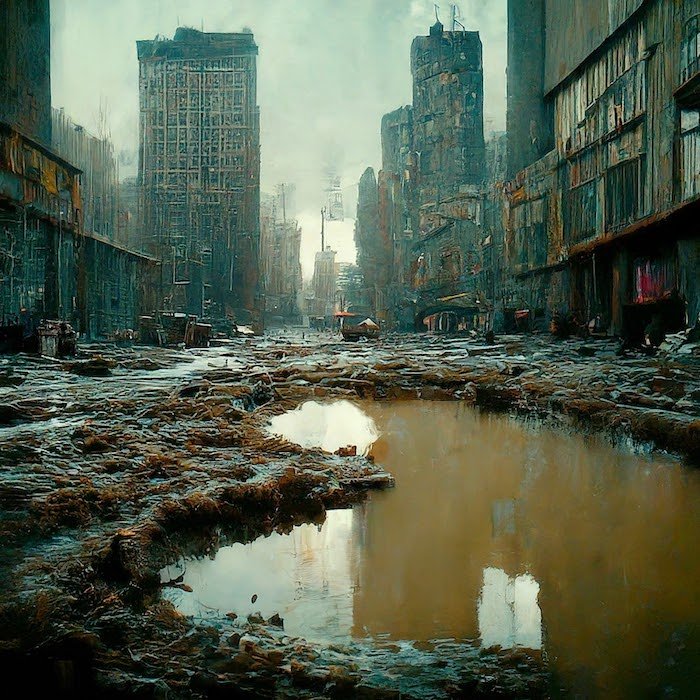
In times of disaster or emergency situations, access to clean and safe drinking water can become extremely limited or even non-existent.
This can be a critical problem as clean water is essential for survival and maintaining good health. In such scenarios, knowing how to make an emergency water filter is an invaluable skill that can help provide a reliable source of potable water.
An emergency water filter can be easily constructed using basic materials that are commonly found or easily accessible.
By following a step-by-step guide, you can set up a makeshift water filtration system to remove impurities and contaminants from available water sources. This not only ensures a supply of safe drinking water but also reduces the risk of consuming harmful substances that can cause illnesses and diseases.
With the knowledge of emergency water filtration methods and the ability to set up a DIY emergency water filter, you can have peace of mind knowing that you are prepared for unforeseen situations where clean water is scarce.
By proactively equipping yourself with the necessary skills and materials, you can minimize the impact of water scarcity during disasters and increase your chances of survival.
Benefits of Emergency Water Filtration in Disaster Situations
- Provides a reliable source of clean drinking water during emergencies
- Reduces the risk of consuming contaminated water that can cause illnesses
- Helps maintain good health and well-being in challenging situations
- Offers peace of mind and a sense of preparedness for unforeseen circumstances
- Allows for the conservation of limited water resources by effectively filtering and purifying available water
In conclusion, having the knowledge and ability to create an emergency water filter is crucial in disaster situations where access to clean water is compromised. By understanding the steps involved and obtaining the necessary materials, you can ensure a supply of safe drinking water for yourself and your loved ones. Remember to always sterilize the filtered water before consumption and regularly maintain your filter for optimal performance.
Conclusion
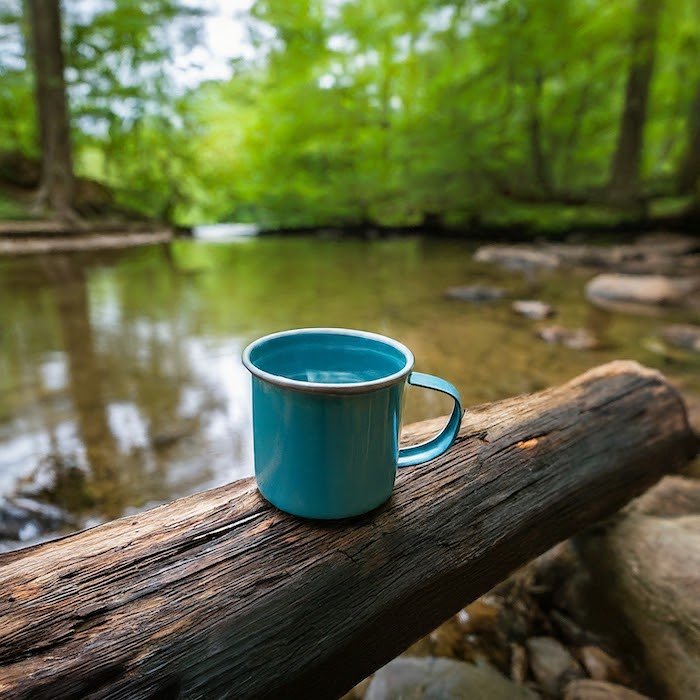
In conclusion, learning how to make an emergency water filter is a valuable skill that can provide a source of clean and safe drinking water in emergency situations.
By utilizing basic materials and following a step-by-step guide, you can create a makeshift filter that will remove impurities and contaminants, ensuring the availability of potable water.
Remember to always sterilize filtered water before consumption and regularly maintain your filter for optimal performance.
Having emergency water filter supplies readily available is essential to be prepared for unforeseen events that may disrupt access to clean water. By taking these precautions, you can ensure the safety and well-being of yourself and your loved ones in times of need.
So, don’t wait until an emergency occurs to start preparing.
Take the time to gather the necessary materials and familiarize yourself with the process of making an emergency water filter. By doing so, you can gain peace of mind knowing that you have a reliable method to provide clean drinking water even in the most challenging situations.
Stay prepared, stay safe!
FAQ
What materials do I need to make an emergency water filter?
You will need a plastic bottle or similar food-safe container, another container for clean water, clean cotton or cheesecloth, a coffee filter or porous cloth, charcoal, sand (fine and coarse), and gravel or pebbles.
How do I make an emergency water filter?
Follow these steps: Cut off the bottom of the plastic bottle, poke a small hole in the cap or cut off the top if there is no cap, stuff the bottom of the bottle with a fine cloth or paper fabric, add layers of sand, charcoal, and gravel, cover the top with a porous cloth, and pour water through the filter into a clean container.
Do I need to sterilize the filtered water before drinking?
Yes, it is important to sterilize the water before consumption. Boiling the water is the easiest and most effective method, or you can use sunlight to sterilize the water by exposing it to direct sunlight for the recommended amount of time.
Are there other methods of emergency water filtration?
Yes, another method is using a solar still, which harnesses the power of the sun to produce clean water by evaporating and condensing water, leaving behind impurities.
What should I consider when using an emergency water filter?
Ensure you are using the cleanest water available and avoid filtering contaminated sources. Regularly maintain and clean your filter to ensure its effectiveness. Also, make sure you have enough materials to create an emergency water filter in case of an emergency.

